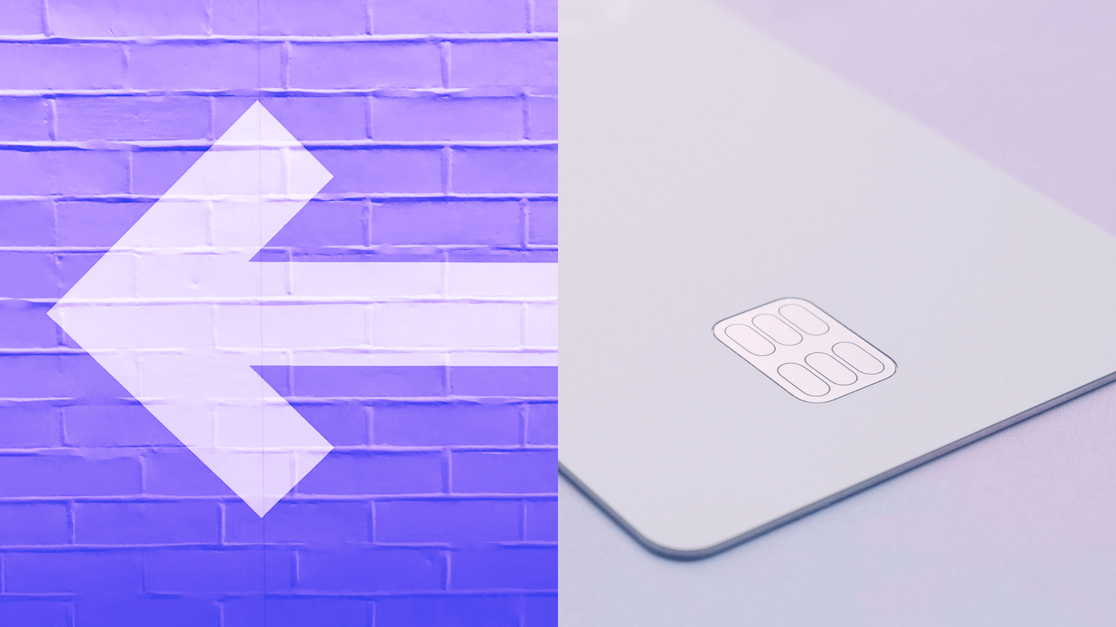Considering a balance transfer but unsure what the introductory rate is and how it might affect you?
Find out what this key feature is, how to make the most of it, and the pitfalls to avoid before applying for a balance transfer.
Compare balance transfer introductory rates with Finty before applying.

Coming up next
Key takeaways
- The introductory balance transfer rate, often 0% p.a., provides substantial savings compared to standard ongoing rates.
- This temporary interest reduction is particularly advantageous in comparison to the ongoing rate charged by most cards.
- Introductory rates often last up to 24 months and longer, enabling you to allocate more funds towards clearing debt.
Basics of the introductory rate
The introductory rate, sometimes referred to as the promotional rate, is a temporary, reduced interest rate offered by issuers specifically for balance transfers.
Compare credit cards and you'll quickly notice how much lower this rate is typically compared to the standard ongoing rate for purchases. Zero interest for a specified period, called the introductory balance transfer period, is commonplace in the market these days thanks to increased competition in consumer lending.
As well as the introductory balance transfer period, balance transfer fee, and revert rate, the introductory rate is one of the main constituent parts of the balance transfer offer.
Banks use the low introductory rate to entice new customers. Contrary to belief and despite the lack of interest charged, the banks make money from balance transfers.
Important considerations
- Almost immediate savings. Transferring debt to a low interest rate from a high-interest card means you'll save money right from the start, and the amounts saved can be considerable over time.
- Opportunity to get out of debt. The introductory rate period provides a window to pay down your debt faster, as more of your payment goes towards the principal rather than interest. Since banks only require minimum monthly repayments, many people don't seize the opportunity afforded them by a long interest-free period, deferring the increased payments necessary to get out of debt until later.
- It's temporary. Once the introductory period ends, any remaining balance will be subject to the card's revert rate.
- Introductory rates are for new customers. If you are an existing customer, you probably won't qualify.
How to make the most of introductory rates
- Plan payments around getting out of debt. Although tempting to let it slide, calculate how much you need to pay each month so that you have cleared the debt by the time the introductory period ends. To do so, divide your debt by the number of months in the introductory period.
- Avoid new credit card purchases. It is possible to spend on a balance transfer card, but unless there is an introductory offer on purchases too, they will attract interest and complicate your repayment strategy.
Example
You transfer $5,000 to a card with 0% p.a. for 24 months on balance transfers.
With a monthly payment of $208.33 (i.e., $5,000 ÷ 24), you'll clear the debt within the introductory period (and pay no interest).
However, if you reduce that monthly payment to $100, by the end of the 24 months, you'll have paid $2,400 ($100 x 24), leaving a remaining balance of $2,600. This remaining balance will then attract interest at the revert rate.
FAQs
How long do introductory rates typically last?
While it varies between cards, most introductory rates last between 6 to 24 months.
What is a good balance transfer introductory rate?
0% p.a. is the defacto standard now. There is more difference — and competition — in terms of how long the introductory period lasts and what the balance transfer fee is.

